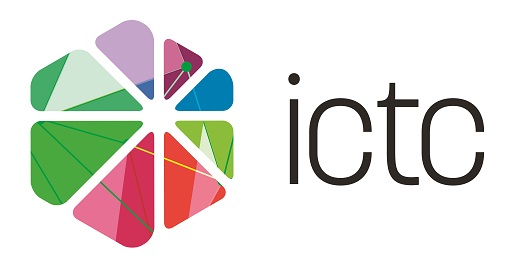The LPS sets out the long term planning direction for built form and density, commerce and employment centres, public open space, infrastructure services, community facilities, heritage, traffic and transport and management of the natural environment and other planning related matters. It will guide planning and development within the City for the next 10 years.
The City was looking for detailed information on a number of topics, including acceptable building heights, setbacks, streetscape interface, car parking requirements, and where people supported different types of development. The intention was to gather information from a broad cross-section of the community, including the silent majority.
Development is a highly emotive and contentious issue, with many people having preconceived ideas and strong opinions not necessarily based on facts. This presented the challenge of being able to effectively educate and communicate with people so they understood the need for development and the types of development – and gain their feedback based within these parameters.
The engagement was implemented within the framework of a specific remit – that population growth is inevitable. Therefore, the decision to be made was carefully articulated to ensure feedback would achieve State Planning requirements, while giving the community the power to identify how it could be achieved.
Using innovative techniques, multiple platforms and a commitment to community education and engagement, the City of Bayswater delivered a project that actively used the collective voice of the community and helped people shape the City in which they live, giving them the respect, power and influence they deserve.
Abstract from ICTC 2019 Conference
Author: Alix Bray, Coordinator Strategic Planning, City of Bayswater

